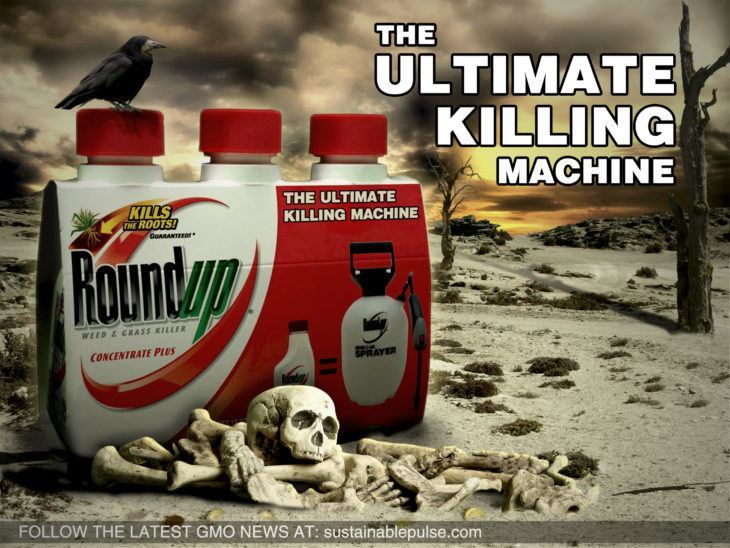The True Cost of Industrialized Meat Production – And What You Can Do About It
We have all heard the perpetual argument about the meat industry. On one side, unwavering pro-meat eaters assert that some animals were put on this earth for our consumption, as a means for our survival. On the other side, vegan individuals claim that eating animals is not only cruel but evolutionarily outdated. Regardless of one’s moral compass or core beliefs, finding the facts can be difficult. Beyond “he said/she said,” there are some very tangible things happening around the globe that are a detriment to our health and to our planet. Sifting through what is fact and what is opinionated fiction can be difficult. Here are some of the unbiased facts.
Beef is raised in some of the most sensitive regions of the world creating a destructive path in places like the North America’s Great Plains, the Brazilian Amazon, the savannahs of Southern Africa, and the Great Barrier Reef watershed of Australia.
The meat industry is a large contributor to greenhouse gas emissions (GHGs). The amount ranges from 18% – to an astonishing 51% depending on the study. The numbers differ depending on the exclusion or inclusion of emissions due to deforestation and land use.
Since the 1950s antibiotics have been used in industrial farming to increase the growth of the animals, which has created an antibiotic resistance in those who consume the meat. According to a recent study by the Food and Drug Administration (FDA), about 80% of the antibiotics sold in the U.S. are used for farm animals, not for human beings, and 90% of that amount is distributed through feed or water.
The amount of water used to sustain the meat industry is astronomical. Beef is the largest offender using 2,000 gallons of water for just 1lb of meat. Beef, meat manufacturing as a whole, and consumption are water intensive and a drain on our world water supply. A good example of this is California. California produces more food than any other state and is also in a historic drought putting tremendous pressure on the water supply of the entire southwest. One-third of all fresh water in the world today is used for the meat industry.
Industrial farm waste does not stay on the farms. The antibiotics pumped into the animals is eventually excreted and ends up in waterways and our oceans. The once natural flow of water into the ocean is being replaced with flows of polluted farm runoff contributing to nutrient pollution among other things.
It’s no secret that the population continues to grow with each passing year. With that growth comes expansion. The current population is 7.2 billion by 2050 it is estimated to be a whopping 9.6 billion. The meat industry was reported to use 26% of the Earth’s ice-free terrestrial surface for grazing making it the largest user of land resources. Pasture and land dedicated to the production of feed embodying almost 80% of the total agricultural land.
There are many conflicting ideas, statistics, and ideologies. Whether actually consuming meat is necessary for a healthy diet or not is highly controversial, but there is no denying the facts behind the environmental destruction that the meat industry has created. The science and research are undeniable. Understanding the harm caused by industrialized meat production is only half of the battle. As a concerned citizen, how can each of us impact change in such an overwhelmingly large industry, by starting right at home? Here are 5 changes you can make to impact tomorrow’s environment.
Meatless Mondays
As stated above, it is estimated that it takes 2,000 gallons of water to produce 1lb of beef. Americans lead meat consumption, eating an average of 270 lbs of meat per year, twice as much meat as is recommended for a healthy diet. Eating less meat of higher quality may be just what the doctor ordered.
Local Butcher
Buying from a small farm or local butcher is an easy way to make sure that the meat you are consuming was pasture raised without hormones and doesn’t come from a factory farm.
Raising Your Own Meat
Another option, if you live in a rural area, is to raise your own meat. There are many reasons to grow your own beef, but not supporting the industrial factories and knowing where the meat came from and has been exposed to are the most important.
Labels
If the city life is for you, learn about labels. Some are meaningless. Some are fraudulent. Kroger and Perdue Farms both used a label “humane.” A recent lawsuit filed by The Humane Society of The United States ended up being settled out of court. Kroger and Perdue Farms took the “humane” label off of their packaging. Similarly, there are no standards for labeling products “All Natural,” or “Antibiotic-free.”
Vegetarian/Vegan Lifestyle
Choosing a vegetarian or vegan diet is another option. This is a hard one for a lot of people to swallow . It is a radical lifestyle change, but the benefits far outweigh the initial difficulties not only for the environment but for your conscience and your health.
Related Reading:
- Homemade, Vegan Nut Milk Recipes and More
- 10 Vegan-Friendly Sources Of Protein
- Want To Know What Factory Farms Do With Their Waste? (Video)
- Why Conventional Agriculture Has To Stop
- The Vegan Diet: Why It Is a Big Deal
Sources:
- Environmental Groups Sue the FDA Over Antibiotics and Meat Production – Ecocentric
- The Water Footprint of Food – GRACE Communications Foundation
- WHAT’S THE ROLE OF FACTORY FARMING IN OCEAN DEGRADATION? – Mission Blue
- World agriculture towards 2030/2050 – The 2012 revision
- Why grow your own beef? – Hobby Farm


